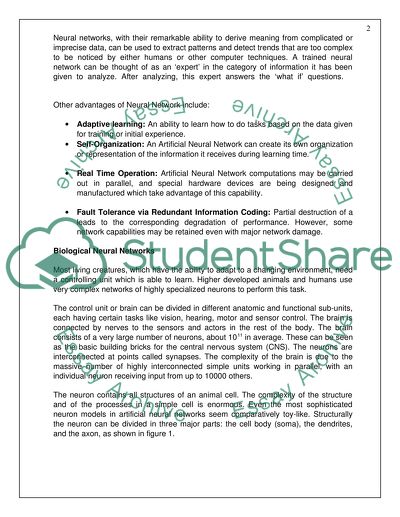Cite this document
(“Neural Network Essay Example | Topics and Well Written Essays - 1500 words”, n.d.)
Retrieved from https://studentshare.org/technology/1529667-neural-network
Retrieved from https://studentshare.org/technology/1529667-neural-network
(Neural Network Essay Example | Topics and Well Written Essays - 1500 Words)
https://studentshare.org/technology/1529667-neural-network.
https://studentshare.org/technology/1529667-neural-network.
“Neural Network Essay Example | Topics and Well Written Essays - 1500 Words”, n.d. https://studentshare.org/technology/1529667-neural-network.


